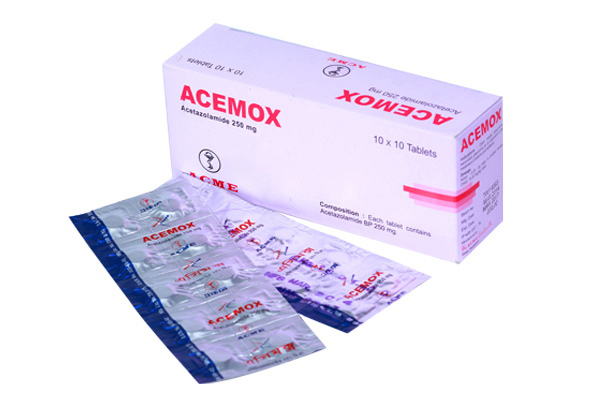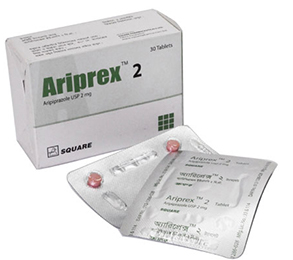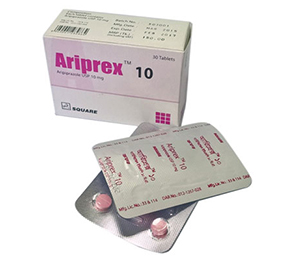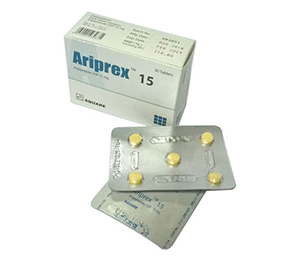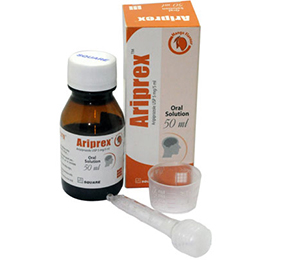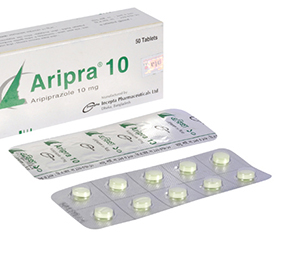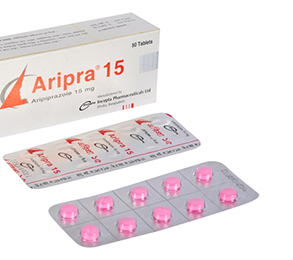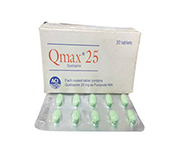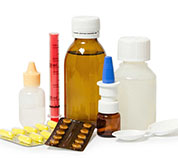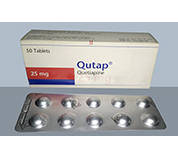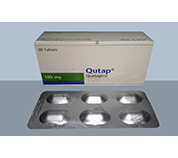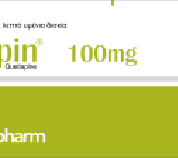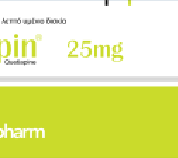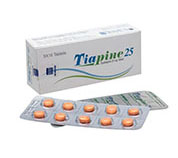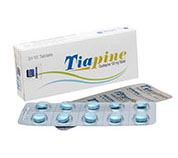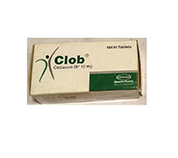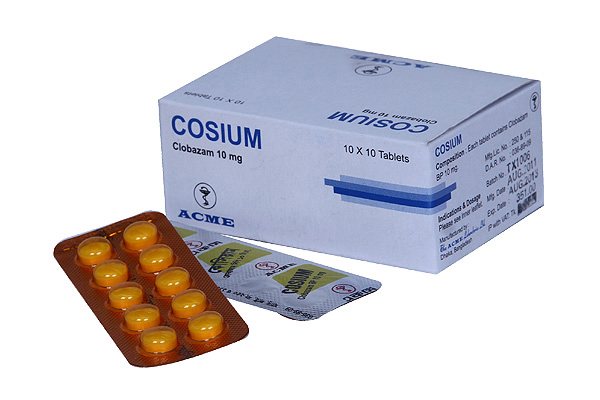Acemox 250mg 10 Pcs
Alternative products
Indications
As Mucolytic in pulmonary disease: Respiratory tract disorders associated with excessive viscous mucous such as-chronic bronchopulmonary disease (chronic emphysema, emphysema with bronchitis, chronic asthmatic bronchitis, tuberculosis) acute bronchopulmonary disease (pneumonia, bronchitis, tracheobronchitis), pulmonary complications of cystic fibrosis, pulmonary complications associated with surgery.
Therapeutic Class
Antidote preparations, Cough expectorants & mucolytics
Pharmacology
Acetylcysteine is a mucolytic agent that reduces the viscosity of secretions probably by the splitting of disulphide bonds in mucoproteins. Moreover it gives antisecretory effect. These results in clearing of respiratory ducts and facilitate breathing. Acetylcysteine also has anti-oxidant properties by reacting with free radicals and also by serving as a precursor to glutathione, which is an important intra and extra-cellular antioxidant. By providing anti-oxidant action, it neutralizes exogenous and endogenous oxidants, which in fact act as pathogens in respiratory inflammations.
Dosage & Administration
Effervescent tablet or Dispersible table-
- Children above 6 years of age or adults: 1 table daily (preferably in the evening). Dissolve it in ½ glass of water and mix properly. After dissolving, take the whole content of the glass.
Granules-
- Adults and children above 6 years: 1 sachet Acetylcysteine 200 mg or 2 sachets Acetylcysteine 100 mg, 2-3 times a day.
- Children (2-6 years of age): 1 sachet Acetylcysteine 100 mg from 2 to 4 times a day, according to the age.
The duration of treatment should be 5 to 10 days in the acute treatment, whereas it may be continued in the chronic states for several months, according to the advice of the physician.
Dissolve the contents of the sachets in a glass containing a small quantity of water; mixing it, if necessary, with a spoon. A palatable solution is thus obtained, which can be drunk directly from the glass.
Nebuliser Solution: The 20% solution may be diluted to a lesser concentration with either Sodium Chloride for injection, Sodium Chloride for inhalation, sterile water for injection, or sterile water for inhalation.
- Adult: 5-10 ml of 10% or 20% solution by Nebuliser every 6-8 hr PRN.
- Children: 1-11 months: 1-2 ml of 20% or 2-4 ml of 10% solution by Nebuliser every 6-8 hr PRN.
- 12 months-11 years: 3-5 ml of 20% or 6-10 ml of 10% solution by Nebuliser every 6-8 hr PRN.
- Below 12 years: 5-10 ml of 10/20% solution by Nebuliser every 6-8 hr PRN.
Diagnostic Bronchograms: 1-2 ml of 20% or 2-4 ml of 10% solution 2-3 times by Nebulisation or by instillation intratracheally prior to procedure.
Nebulisation tent or croupette: This form of administration requires very large volumes of the solution, occasionally as much as 300 ml during a single treatment period. If a tent or croupette must be used, the recommended dose is the volume of acetylcysteine (using 20%) that will maintain a very heavy mist in the tent or croupette for the desired period. Administration for intermittent or continuous prolonged periods, including overnight, may be desirable.
Direct Instillation: When used by direct instillation, 1-2 ml of a 20% solution may be given as often as every hour. When used for the routine nursing care of patients with tracheostomy, 1-2 ml of a 20% solution may be given every 1-4 hours by instillation into the tracheostomy.
Interaction
The thiol group of Acetylcysteine can reduce the efficacy of certain antibiotics such as ampicillin, tetracycline, macrolides, cephalosporins, aminoglycosides and amphotericin. Concomitant use of Acetylcysteine and amoxicillin will increase the level of the antibiotic in tissues. It is, therefore, advisable to use the two medicines 2 hours apart from each other. Acetylcysteine can increase the inhibitory effect of thrombocyte aggregation and vasodialation by nitroglycerine.
Contraindications
Allergic reaction to Acetylcysteine.
Side Effects
Mild gastrointestinal disturbances such as nausea, vomiting, diarrhea, itching, urticaria, headache and fever may be reported. Hypersensivity reactions affecting skin and respiratory organs.
Pregnancy & Lactation
The US Food and Drug Administration has classified Acetylcysteine as category B medicine for pregnant women. Acetylcysteine should only be used in pregnant women when clearly needed.
Precautions & Warnings
Acetylcysteine cannot be used with antitussive medicines since it suppresses the cough reflex and the physiologic self-cleaning mechanism of respiratory airways, thus causes mucus stasis in bronchial ducts will increases the risk of infection, occurrence of bronchospasm. Special attention must be paid to patients with bronchial asthma because of the risk of bronchospasm in these patients. Patients with gastrointestinal bleeding must use this medicine with caution since it increases nausea.
Storage Conditions
keep in a dry place away from light and heat. Keep out of the reach of children.
- Type Tablet
- Tag
- Morbi leo risus
- Porta ac consectetur ac
- Vestibulum at eros
